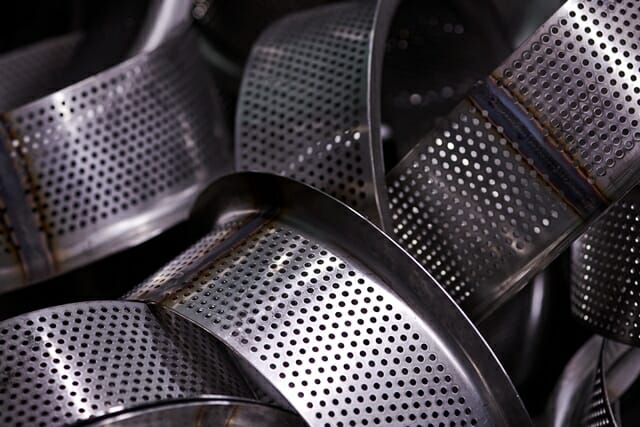
Stainless-Steel Is A No-brainer
What’s the difference between ordinary stainless-steel drains and “sanitary” stainless-steel drains?
In today’s world, it’s very difficult to decipher the differences in products by marketing materials. Sleek advertising can paint a picture of a product that doesn’t exactly represent reality. In plumbing industry, this can certainly be the case even when the same material is used, but how do tell the difference and how do you know what to look for?
There are many reasons to choose stainless-steel as the product of choice for your floor drain material. High heat situations, caustic environments, sanitary industries, and zero downtime situational facilities are prime examples of where stainless-steel is a no-brainer. Specific industries such as food processing, pharmaceutical and the beverage industry all have safety requirements mandated by the FDA, USDA and NSF to protect the general public. The bigger question is which ones are ok with knowing that simply stainless-steel is the product of choice vs those where the production criteria combined with the material merge to create an end product that is appropriate for “sanitary” applications? The simple answer is, make sure you know what you are getting, and you trust who you are getting it from.
Stainless-steel checks the box for almost anything that you can throw at it. It is heat resistant, corrosion/oxidation resistant, durable, long lasting and best of all it is easy to clean and resists bacterial growth. It is still important to know the chemicals that will be existing in your facilities and reference the corrosion compatibility charts to be certain that stainless-steel is the material of choice and if so, should you choose type 304 or type 316L?
Beyond the material alone, an engineer must consider additional factors when selecting the stainless-steel drains for their project. Is the drain 100% stainless-steel? There are many products out there that only have stainless-steel covers, but the bodies are cast iron. This is not going to give you the qualities of a fully stainless product addresses in these facilities and nowhere near the classification of “sanitary”.
Are there harborage points for bacterial growth on the finished product due to the methods of production or the design of the product? The most common harborage points for bacterial growth lie in common areas such as flat points in the drain, sharp corners, screws or other materials used for connection purposes, improper welding that leaves cavities, designs on covers that create pools for water/bacteria, etc. Stainless-steel can’t be considered “sanitary” if you can’t check this box.
Certain industries require a sanitary drainage product that will resist whatever you can throw at it while standing the test of time, making stainless-steel a no-brainer. Select Kusel stainless-steel drains for these projects and feel confident in your decision.
Kusel. Trusted Solutions.
Published on Sep 04 2020
Last Updated on Dec 12 2024
Categories: News
Tags: Drainage, Sanitary, Solutions, Stainless Steel
Previous Post
The Next Generation Agitator